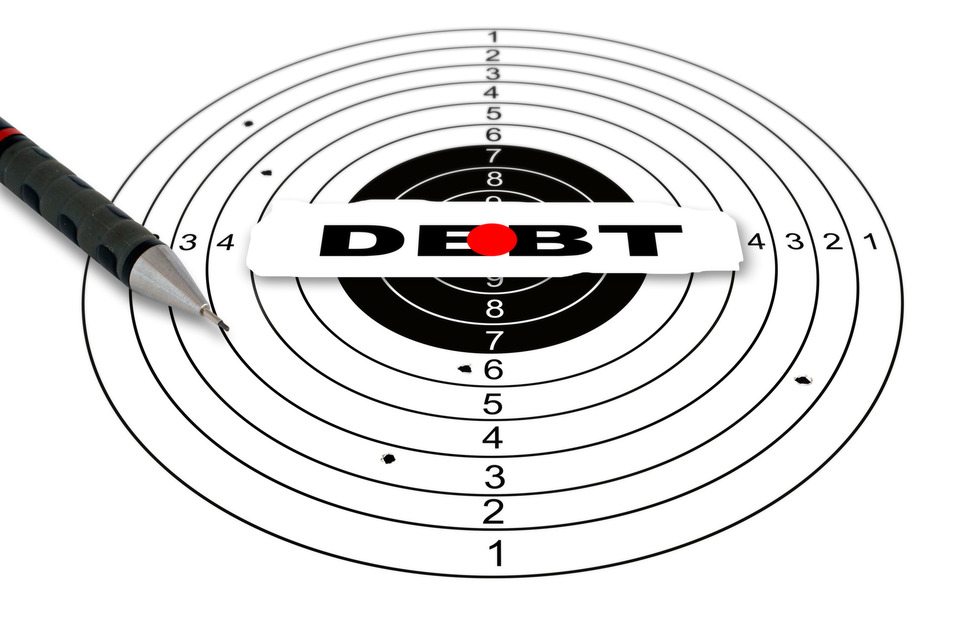Over the last few years, a number of debt pay down strategies have emerged. These strategies often have catchy names like the “Debt Snowball” or the “Debt Avalanche.”
There’s even a strategy called “Debt Snowflaking.”
All of these debt reduction approaches are designed to help you organize your debt repayment plans and then tackle the debt in a way that is manageable to you.
However, many of these strategies are also designed to push you into paying off your debt as quickly as possible. Some of them encourage you to sacrifice as much as possible so that you can put larger amounts of money toward your debt repayment efforts.
But what happens if you acknowledge that you might need a little more time to pay down your debt, even if it means paying more in interest overall?
In these situations, there is a method of debt reduction known as the Debt Siege.
What is the Debt Siege?
The Debt Siege uses a form similar to the Debt Snowball, which was popularized by Dave Ramsey. Ramsey and other personal finance gurus suggest that you cut your expenses back as much as possible and even take on second jobs in order to accelerate your pay off.
The Debt Siege is a little different. Instead of deciding to try to pay off your debt in one to three years, you acknowledge that you might spend four to seven years paying everything off.
Using the Debt Siege, you still order your debts from smallest to largest, and you still pay your minimum on all of your loans. And, as with the debt snowball, you make an extra principal payment each month on your current target debt.
However, rather than looking for ways to cut your expenses to the bone each month to maximize your extra principal payment, you put less toward repayment, resulting in a slower process.
When to Use the Debt Siege
Before you take this approach, it’s important to understand that you acknowledge that you will take longer to repay your debt. You need to understand that you will pay more in interest overall, and you need have a certain level of comfort with the thought of carrying debt.
The Debt Siege is ideal for families who might not find it practical to cut out most of their unnecessary expenses. Families with teenagers involved in extracurricular activities might not want to curtail these activities. You might have a life partner who isn’t on board with rapid debt reduction. In cases where your life partner doesn’t place priority on paying down debt, you might compromise and use the Debt Siege.
Another reason to use the Debt Siege is to help you get a handle on your finances. According to Harvard’s Bankruptcy Project, one in four bankruptcy filers find it difficult to pay bills just one year after filing.
Likewise, one in three claimed to be in a similar financial situation to that experienced just before filing. These statistics indicate that some bankruptcy filers hadn’t fixed their underlying financial problems.
Rather than making temporary changes to the way you handle your money, you might need to change your attitudes and make lasting changes to your habits. The reality is that debt is symptom of a financial problem, and not the problem itself.
Using a Debt Siege can help you make progress on paying down your debt while you reform your financial habits.
It does little good to practice an unsustainable level of frugality for eight months while you demolish your debt if you fall into the same poor habits as soon as you finish your program.
The Debt Siege can provide you with time to make gradual and lasting changes to your money habits so that you don’t wind up in the same bad place shortly after paying off your debt.





Is it a negative impact on my credit score if I close some currently open credit cards so that I can get a reduced interest rate I am NOT behind on any of these but to get the lower interest rates through a third party I have to close the accounts if you can’t tell me please point me in the right direction thank you